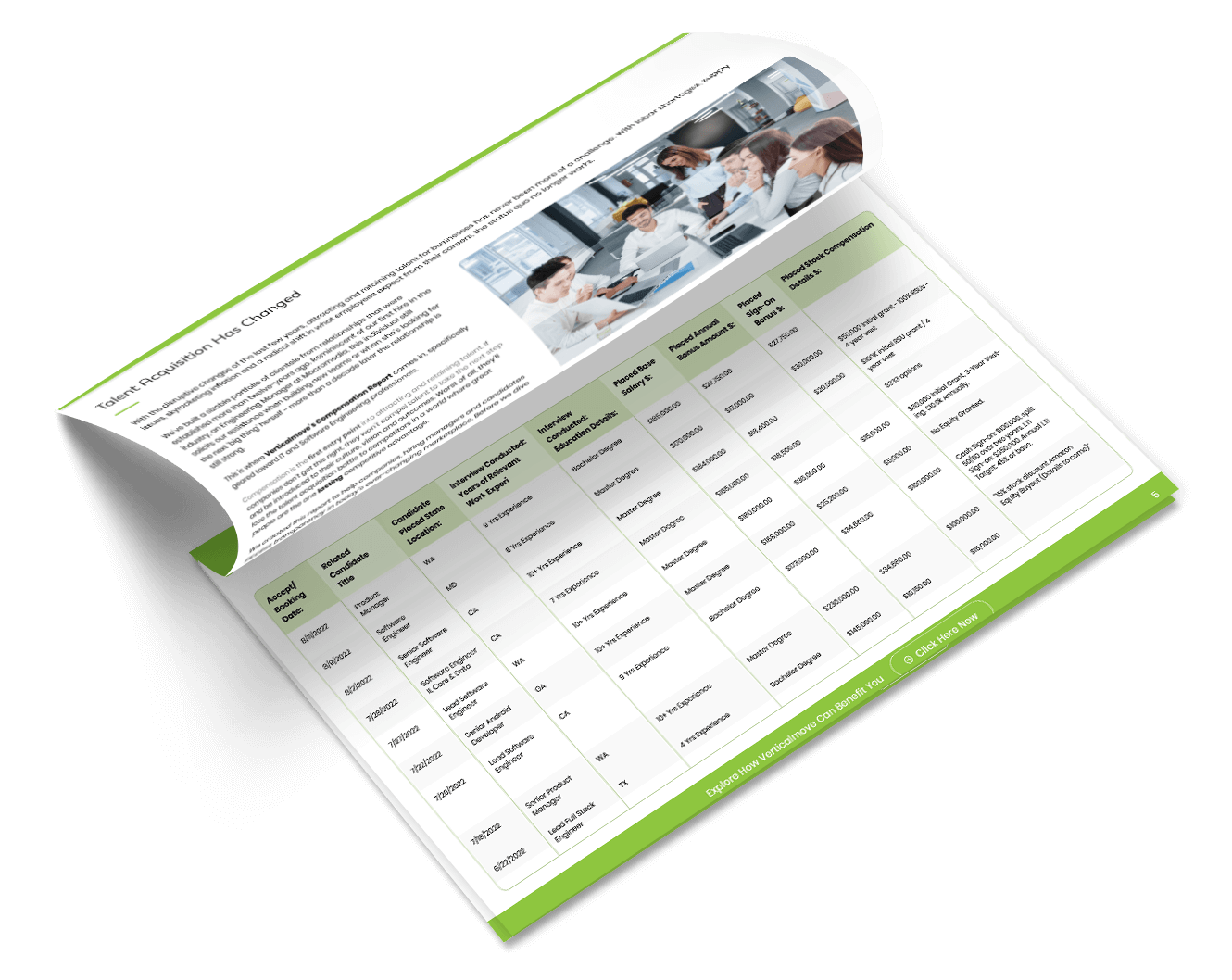In the wake of the recent revelation by the Justice Department about IT workers dispatched and contracted by North Korea using false identities to secure jobs in the U.S., employers are now more cautious than ever. While the situation highlights the need for stringent identity verification measures in the recruitment process, it also provides an opportunity to review the tools at our disposal. One such tool is Form I-94.
What is Form I-94:
Form I-94 serves as a record of entry and exit for non-U.S. citizens permitted to enter the United States temporarily. It contains key elements that can be used to validate an individual’s identity and legal status for employment in the U.S.
Key Elements to Check on Form I-94:
- Admission (I-94) Record Number: A unique 11-digit number confirming the document’s official status.
- Status Classification: Indicates the visa type (e.g., H-1B, L-1, O-1) and if employment is permitted.
- Admit Until Date: The expiration date for authorized stay. Must be in the future.
- Port of Entry: Where the individual entered the U.S. Can be a red flag if inconsistent with the candidate’s story.
- Date of Entry: Must be on or before the current date.
Steps to Validate Legal Status:
- Compare Details: Cross-reference the details on Form I-94 with those on the individual’s passport and visa. Discrepancies could indicate fraud.
- Check Visa Category: Different visa categories have different employment allowances and restrictions. Make sure the visa type listed allows for employment.
- Expiry Date: An expired “Admit Until Date” means the individual is not authorized to be in the U.S., let alone work here.
- Cross-Reference with I-9: Use the I-94 to complete Form I-9, the official Employment Eligibility Verification form. An unexpired foreign passport and a valid I-94 can serve as a List A document.
- Consult USCIS Resources: When in doubt, consult official guidelines from the U.S. Citizenship and Immigration Services (USCIS) or seek legal advice.
Red Flags to Consider:
When reviewing an I-94 form, watch out for the following:
Information Mismatch:
- Inconsistent names, dates of birth, or passport numbers
- Incorrect country of issuance
Document Features:
- Missing or altered I-94 numbers
- Poor quality or altered print
- Lack of official markings
Status and Dates:
- Expired ‘Admit Until Date’
- Future ‘Date of Entry’
Other Discrepancies:
- Inconsistent port of entry
- Spelling errors or typos
- Multiple conflicting I-94 forms
Conclusion:
Form I-94 can serve as a robust tool for employers in the fight against fraudulent candidates. By paying attention to the elements and red flags outlined above, you can strengthen your recruitment process and contribute to a safer, more secure work environment.
In a world where identity fraud is not just a risk but a reality, as the recent Justice Department disclosure has shown us, vigilance and thorough verification are not just best practices—they’re necessities.
For more information and guidelines, always refer to official USCIS resources and consider consulting with legal experts specializing in immigration issues.




